- silent movies
- Patentinformation on request
Movie 1
Somewhere in southern Switzerland these Mega Wheels produce electricity in unknown quantity up today - around 50 MW per unit! The loadbearing structure of the RES- Mega Wheel is a spoked wheel comprising 15 radial rotor blades on the windward side and 15 prestressed steel cables on the leeward side which are tensioning the rim with the hub of the wheel. The rim itself reveals a huge rig shaped wing having an asymmetric profile with its nose oriented to the wind and the suction side oriented to the outer perimeter of the wheel where thirty flipped over rotor blades are riding as satellites on the rim. The suction side of these flipped over rotor blades changes orientation in the rotation plain from the outside to the inside of the ring wing. Due to the widening of the flow column in the rotation plane the incoming flow attacks both, the ring wing as well as the flipped over rotor blades with a conical angle (RES-α). With regard to the flipped over rotor blades the conical angle on the windward side is guiding the flow away from the rotational axis of the wheel while on the leeward side laminar flow will be guided towards the axis of rotation. Two thirds of the torque are produced by the radial rotor blades while one third is contributed by the satellite rotor blades. Considering the fact that the structural diameter of the RES Mega Wheel is smaller than its aerodynamic diameter the wheel's power of conversion is higher than what you would expect by the Betz law.
- silent movies
- Patentinformation on request
Movie 2
These elegant spoked wheels are turning around slowly and steadily somewhere on a shallow bank in the North Sea. The rim of the RES - Mega Wheel consisting of a circular rotor blade contributes around one third to the torque of the wind turbine. On its outer surface the ringshaped wing carries a multitude of flipped over rotor blades, hardly visible in this perspective. Having an asymmetric profile, the circular rotor blade also defines the rotational speed of the wheel, provoking stall when the wheel surpasses a defined rotational speed. Fifteen radial rotor blades are connected to prestressed steel cables on the windward side while fifteen more prestressed cables connect the rim with the hub. In my opinion future wind turbines with an output of 50 MW per unit will look like these ones. Another advantage of the system can be seen in the fact that the circular rotor blade creates thrust opposite to the direction of the wind and therefore is relieving the turbine's load bearing structure.
- silent movies
- Patentinformation on request
Movie 3
Cleaning up the atmosphere with a new type of wind turbine - the RES - Mega Wheel. Around sixty Mega Wheels are enough to provide the same electrical power as the lignite-fired power plant shown here...
Drawing 1 - The Betz's Law and RES - α
Extracting energy from the wind in the rotational level (A) will cause a widening of the flow tube. According to the Betz's Law, a theoretical maximum of 59,3% can be extracted from the kinetic energy of the wind. In accordance with Bernoulli's Law, this has two consequences: Firstly, the wind speed (v2) will be slowed down to the half of the original speed (v1) and secondly, the pressure within the flow column increases causing a widening of the flow tube effecting a doubling up of the leeward cross section area (v2) in comparison to the windward cross section area (A1). In the rotational level (A) the conical angle (α) can be used as angle of attack for an asymmetric profiled ring shaped wing which will cause uplift at the turbine's outer perimeter. From this uplift, tangential propulsion and thrust opposite to the direction of the incoming flow can be derived. In this context it is interesting to notice that the fluid dynamic diameter of the turbine is much greater than given by the turbine's structural dimensions.
Drawing 2 - The Rotational Effect of the Ring Wing
The drawings show a circular shaped ring wing divided in 16 segments. On the left side, one segment is shown as an unwound wing with aerodynamic forces derived from the wind speed, the rotational speed and the conical angle of attack summing up to resulting inflow. (please see also: RES-α) The uplift force always being perpendicular to the resulting inflow points windward and in the direction of rotation. From the uplift force a tangential propulsion force and a thrust force opposite to the direction of wind can be derived. Looking at different sections of the ring wing on the right side, it becomes quite clear that the wind will overflow the ring wing in the blue plane, because the blue profile has less resistance than the red profile belonging to the red plane. Here the red profile would have to be overflowed effecting more resistance than the blue profile because it is not only larger in cross area but also is not appropriate for laminar flow. In the red plane, having an intersection with the focus of the ring wing uplift forces would eliminate each other when attacking at center. In the blue plain however, the blue profile offers minimum resistance for the incoming flow and uplift forces will be rotational effective because they attack with an offset to the center of the wheel. The grey profile shows the structural section of the ring wing parallel to the rotational axis of the turbine.
Drawing 3 - More efficency calculating with the rotors fluid dynamic effective dimension
